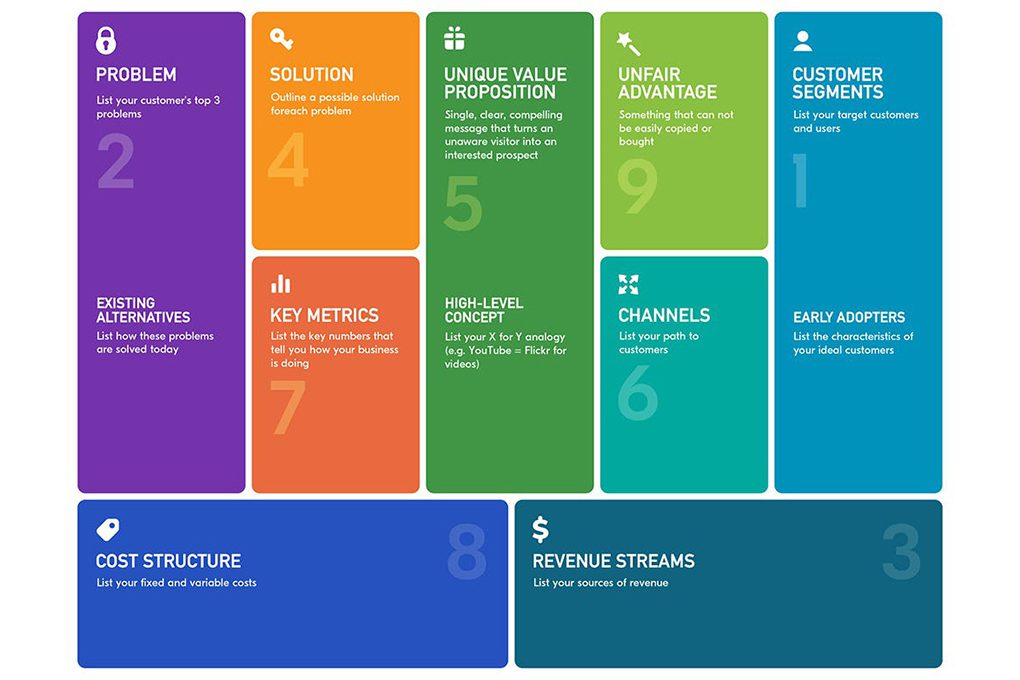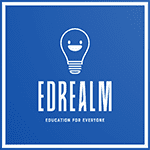
Lean Canvas – A Plan for a New Business or Product
One of the most significant challenges for entrepreneurs is how to turn their ideas into plans. You might have a good idea, but describing and working through it can be much more complicated. From ideas for a new business to creating a cohesive plan and concepts for new products and services, it can take weeks or even months.
Lean Canvas is a planning method that helps you understand the essence of your idea. This method places all the information on one page, helping to outline the necessary key points without unnecessary details.
What is Lean Canvas?
Lean Canvas, the “Lean Business Model Canvas,” is a one-page business plan method created by Ash Maurya, adapted from Alexander Osterwalder’s Business Model Canvas.
The plan has several blocks that will help you mark key points to transform your business idea into something more concrete.
Lean Canvas is specifically designed for entrepreneurs to make it easier for them to get a clear and straightforward idea of what they plan to implement.
Structure of Lean Canvas
Below are the sections of Lean Canvas with explanations:
- Customer Segments: Understanding who your customers are is a crucial step. You can’t understand their primary problems if you don’t know who they are. In the “Customer Segments” section, you need to identify who your target audience is, which may include several customer segments.
- Problem: It’s essential to understand the key problems your customers face. This section is used to list the main problems you intend to solve, faced by customers from different segments.
- Revenue Streams: Where will your money come from? How do you plan to set prices for your products or services? Your pricing model is a crucial part of what you offer, and you’ll need to study and test it. How much are people willing to pay, and what is the minimum price you can set to achieve your goals?
- Solution: What solution to your customers’ problems do you plan to offer? You won’t always have the perfect solution immediately, but the goal of creating a business plan is to help you start this work. If you want to find a solution to your problem, don’t assume it will come to you. Talk to your customers from different segments to find out what they want and need.
- Unique Value Proposition: This section is in the middle of the page because it’s what you offer your customers. It specifies the unique value your business can provide. You need to think about what sets your brand, product, or service apart from others trying to solve the same problems as you.
- Channels: What channels do you plan to use to attract customers? These are marketing and advertising methods you plan to use, from digital marketing such as SEO to more traditional channels like radio, print, and television. Remember that different generations use different communication channels.
- Key Metrics: Your key metrics are what you will use to monitor the effectiveness of your business. You can identify some key indicators that you will closely monitor to understand how people interact with and use your business and its products or services.
- Cost Structure: These are the costs your business will incur to launch and sell your product or service. This may include market research, technology, personnel expenses, and more. Having an idea of your one-time and periodic expenses, you can roughly estimate how many customers you will need to break even.
- Unfair Advantage: Your unfair advantage is what you have that none of your competitors do. It’s something that can’t be copied or bought and will help you stand out. This is the final step in the process and often the most challenging. Your unfair advantage can be many things, from unbeatable personnel to an existing customer base.
You don’t need to spend hours filling out Lean Canvas. In fact, you should be able to outline some ideas in about 20 minutes. Of course, you won’t have all the necessary information immediately. But this plan will help you determine whether your business idea is justified and what your next steps should be.
And don’t forget that Lean Canvas is a flexible plan that can be adjusted later on.
Tag:Agile, Project, Terminology



